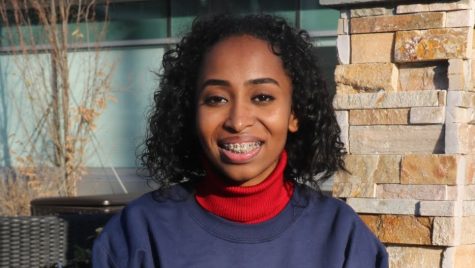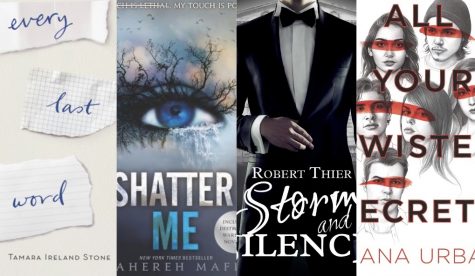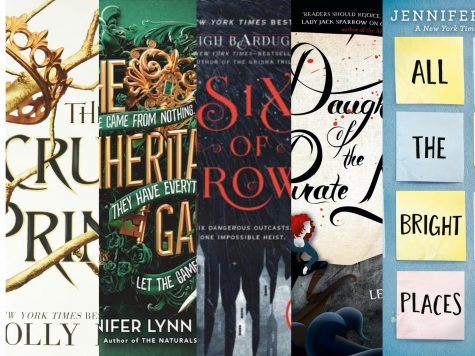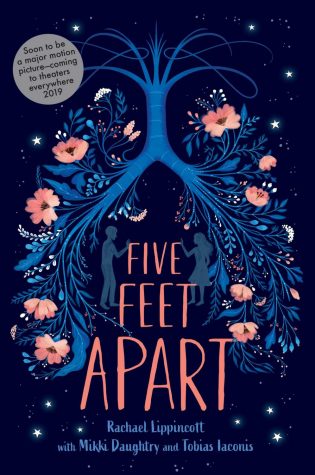Review: YA novel Everything Everything, by Nicola Yoon
“Just because you can’t experience everything doesn’t mean you shouldn’t experience anything.” That is one of the main messages from the highly appraised young-adult novel Everything Everything by Nicola Yoon.
Eighteen-year old Madeline Whittier understands what it feels to be trapped and inexperienced in the world around her because of her Severe Combined Immunodeficiency (SCID). The disease makes her immune system so fragile that Madeline’s mother had to confine Madeline to their house for the past 17 years of her life to reduce the risk of a severe reaction from the contaminated outside world.
Despite a relatively monotonous life, new changes come when a new family moves next door with their teenage son, Olly, who Madeline begins to watch through her bedroom window. She is fascinated with his imperfect and secretive family-life.
Soon after he moves in, Olly and Madeline begin Instant Messaging all night, and expectedly begin their romance. As Madeline falls for Olly, she becomes more encouraged to leave her bubble and find escape outside, which she eventually does.
In terms of writing, the book was very plain and simple, which is why it seems more suitable for a 12-13 year old (tween) audience rather than the “young adults” it is aimed for. Despite its faults, if I had to describe the novel in one word it would be: adorable.
Usually I am not a big fan of typical teenage Young Adult novels, but I enjoyed the graphics of the messaging screens between Olly and Madeline because it revealed the awkwardness of a budding teenage relationship.
Furthermore, Yoon did a great job of creating complex characters who were not bound to a certain identity or typical character that we usually see in YA novels. Madeline is extremely immature, probably stemming from her isolation from the world, she remains grounded and unsure of herself, but she still finds security in her books.
Even Olly, the love interest, portrayed as the typical brooding teenage boy, can behave just as nerdily as Madeline. We learn that even Madeline’s protective mother’s fears can be too much and (in the end we learn) potentially dangerous.
The novel’s plot was well-thought out and developed fluidly, however, the ending was too predictable. Despite the ending’s shortcomings, the storylines throughout the novel were captivating and kept me from putting the book down.
The messages from the novel should be read by all: life should be experienced to the fullest, life is a gift and we mustn’t forget to live it, there are necessary limits as to what you can experience in life, and several others.
Although the plot was interesting to follow, it was slightly mediocre and the language could have been more well-developed to take the interesting plot and make it fit the audience it was intended for.
There are also clear parallels between this book and other popular YA novels including John Green’s The Fault in our Stars and Jojo Moyes’ Me Before You which is the resiliency of love through terminal illness. The difference between those novels and Everything Everything is the ability to use more expressive and meaningful language to capture the essence of the fears when faced with the illness while tempted with the opportunity to love.
The only reason I read the book was to gain an understanding of the original story before I watch the movie. The new movie being adapted from the novel, Everything Everything, will be released on May 19 and star young actors Amandla Stenberg as Madeline, and Nick Robinson as Olly. I’m looking forward to see how the director adapts the story into a film while keeping the integrity of Yoon’s message prominent.

Senior Aseal Saed is currently the Co-Editor in Chief of The A-Blast. This is her fourth year on staff. Her previous positions were as In-Depth Editor...






